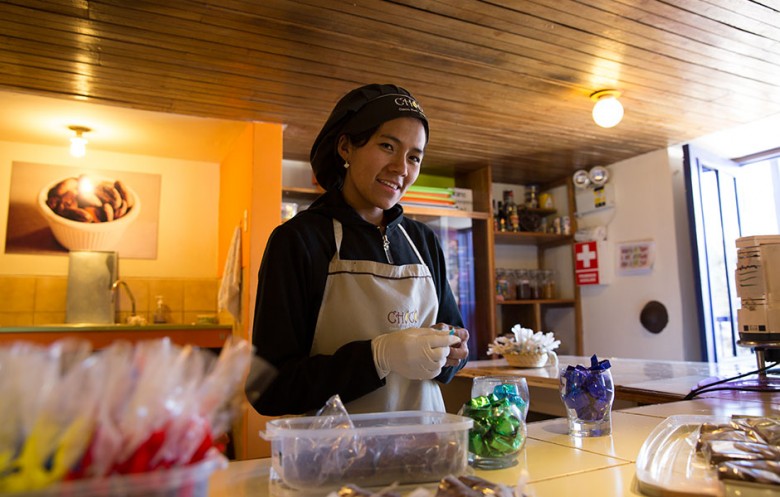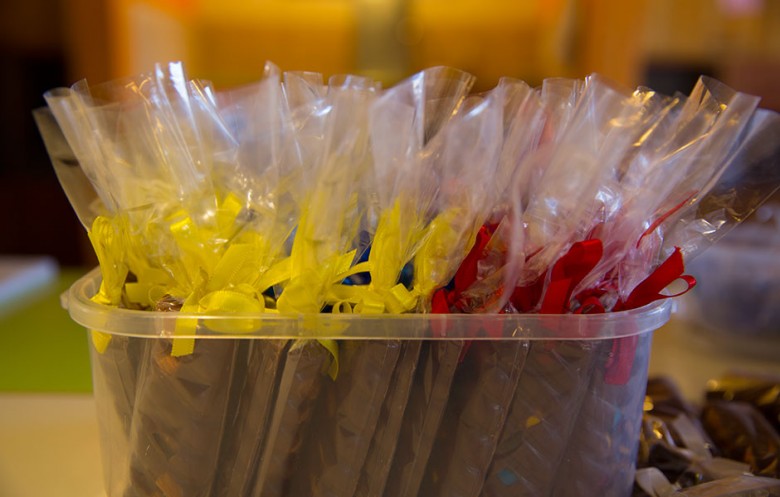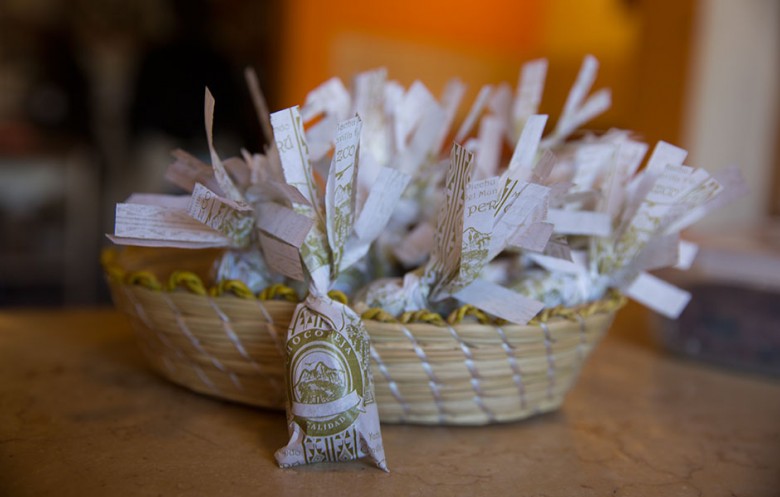My friend Ann was in Peru a few weeks before me and mentioned the ChocoMuseo in Cuzco where they have chocolate making classes. I had some time in between hiking around the Sacred Valley and heading to Machu Picchu, so I thought, why not? I am really glad I did it. The class was fun, I learned about chocolate and how it is made, and essentially guaranteed that I would develop diabetes from all the chocolate I ate.
Chocolate has been cultivated for over three thousands years in Central America and northern South America (the English word chocolate comes from the Aztec word xocolātl, meaning “bitter water”). Chocolate is related to coffee, and has quite a few things in common, not the least of which is the roasting that is required to make it edible. The preparation process was rather labor intensive, so chocolate was reserved for royalty and religious events in most cultures, especially for the Maya and Aztec. Europeans eventually added sugar and milk to make chocolate sweeter, but Mesoamericans did not have access to these ingredients. Without these additions, chocolate is actually very healthful and loaded with antioxidants. You can enjoy the benefits today by eating 8 roasted chocolate beans, or eating a couple of pieces of 80% dark chocolate.
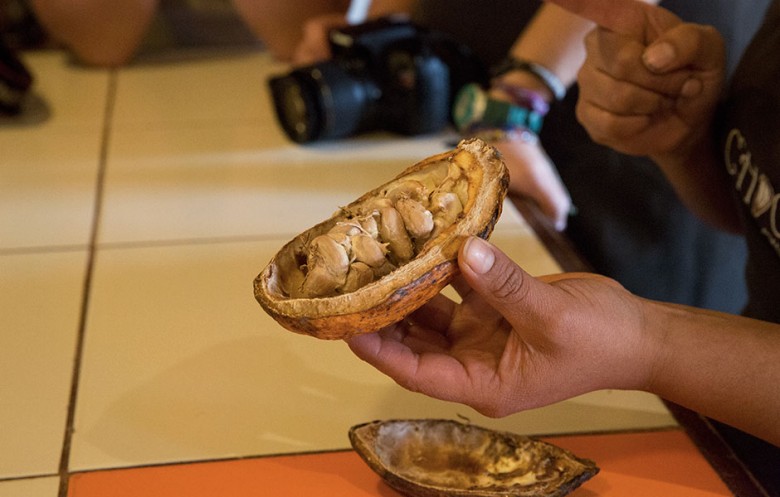
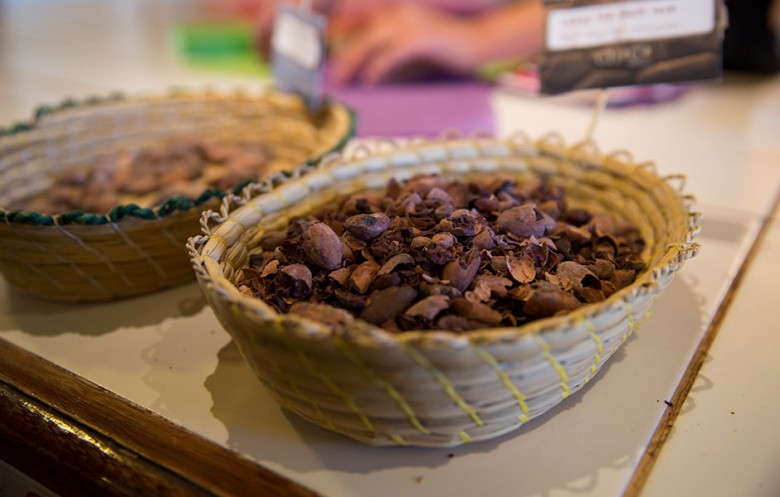
Making chocolate is actually a rather straight forward process, though it takes a lot of effort. Chocolate trees are rather finicky to grow, chocolate pods do not all ripen at the same time, the beans need to be extracted from the pulp, they need to be dried, then roasted, then shelled, and finally they need to be mashed until the natural oils come out (the cocoa butter). On top of all that, it takes a lot of chocolate trees and chocolate pods to produce a sufficient amount of chocolate for consumption.
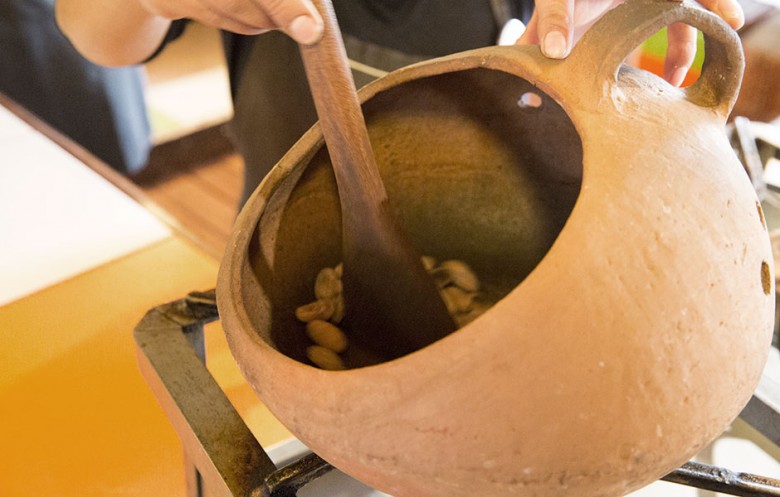
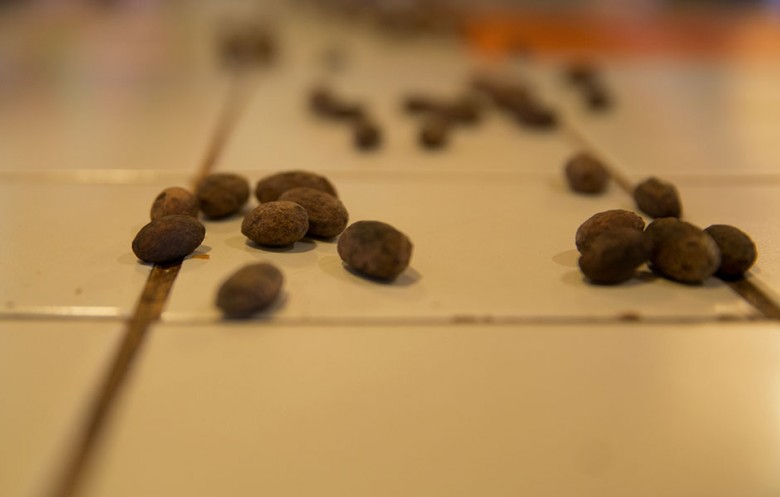
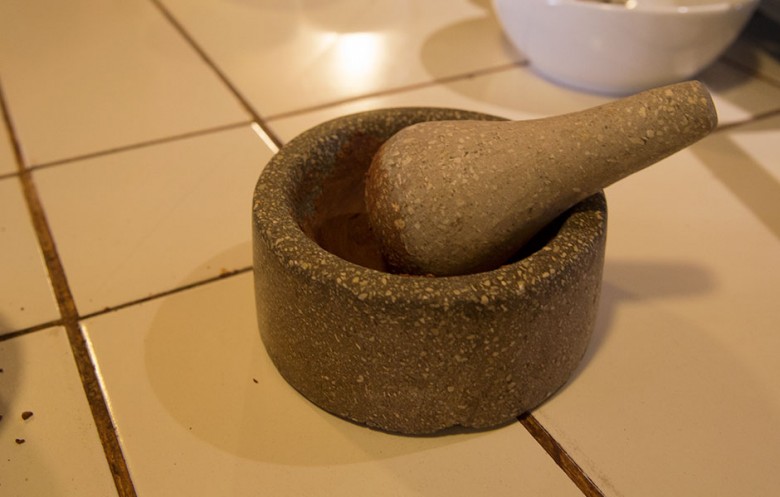
Of course, today the process is more automated and labor is rather inexpensive where chocolate is grown (it is now grown around the world, just like coffee, corn, tomatoes, chilis, tobacco, potatoes, and a variety of other “New World” crops). As you might imagine when something becomes commercialized to such a degree, the preferred plant is the most robust one even though it may not be the best. Chocolate is no different. There are three varieties, one of which is very sweet naturally, another is bitter, and the third is a natural hybrid of the two (after one version was introduced in an area where the other already existed).
The sweet version is rare and difficult to grow, making it very expensive. It also tends to lack a strong, classic “chocolate” flavor. The other two are more common, easier to grow and have a stronger “chocolate” flavor, though they tend to be more bitter. As a result, sugar and milk are added to make them more palatable. Personally, I am not a big fan of milk chocolate. I much rather prefer dark chocolate and ChocoMuseo give you a choice of which chocolate your prefer.
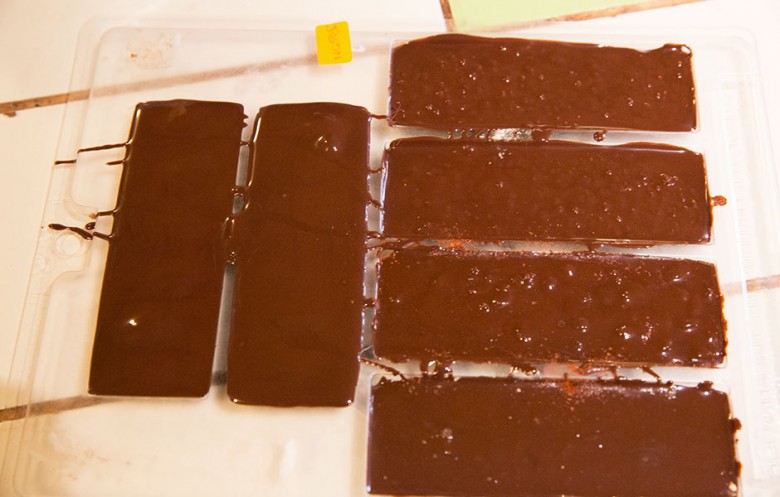
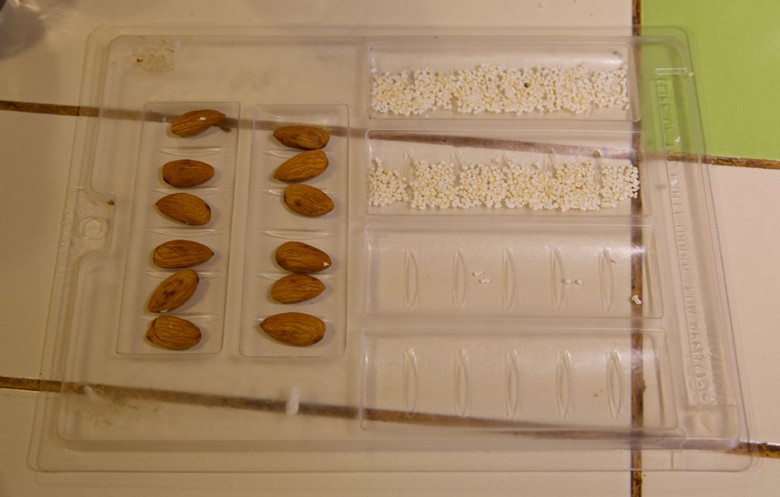
Chocolate is more versatile than just making candy. Mayans used it to make mole, a chocolate based sauce for food. Nearly every culture used chocolate to make drinks. Those drinks were usually for royalty or used for ritualistic reasons, and in the latter they may have even included human blood. Chili powder is a common addition to chocolate (it actually enhances the flavor) and it was used in the traditional drinks. I tried the drink (without the blood) and it is not too bad, though I definitely prefer the chocolate tea that ChocoMuseo makes.
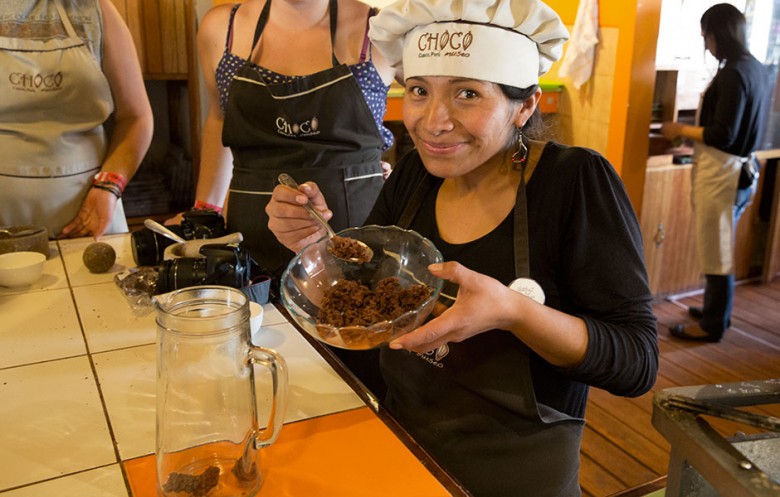

If you have the chance you should really visit the ChocoMuseo in Cuzco. Even if you do not take the class, you can still enjoy a nice chocolate drink and some great chocolate delights. Everything is made on the premises from local ingredients. The staff is super friendly and the chocolate is great!
